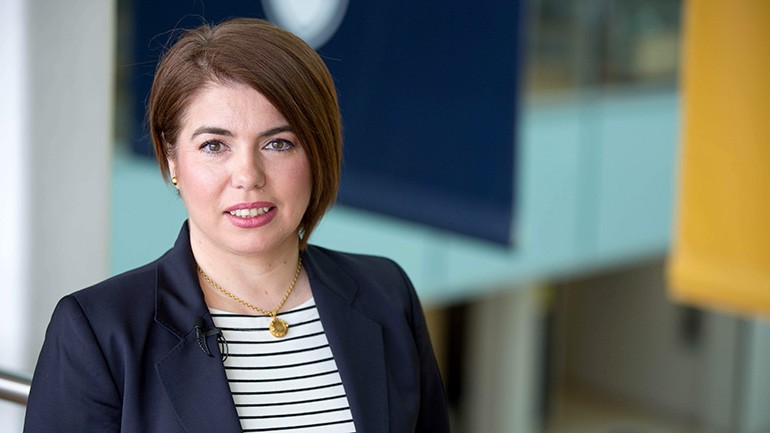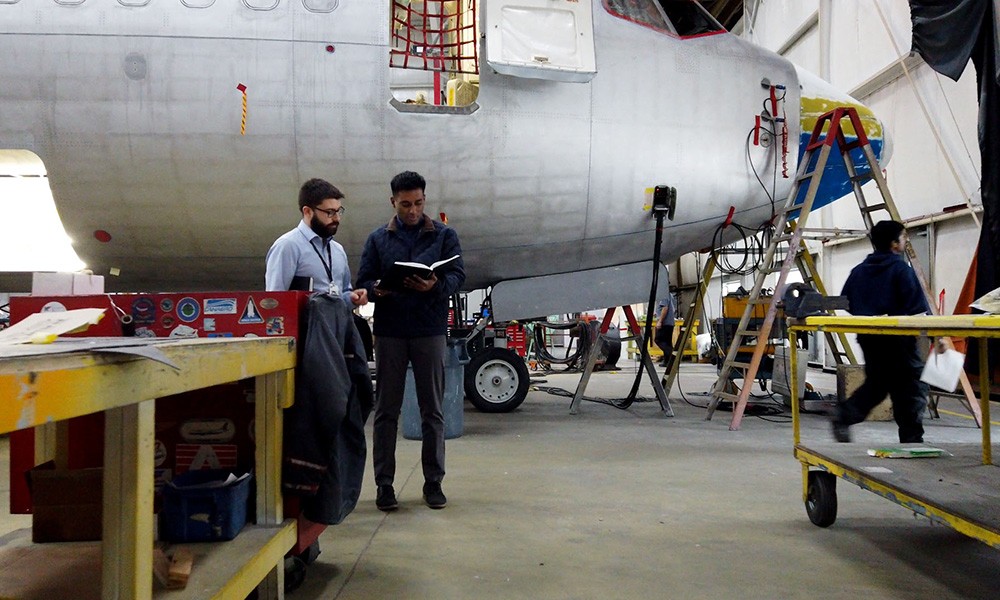For updates, FAQs and resources, visit ubc.ca. For UBC Okanagan-specific updates, FAQs, and resources, visit ok.ubc.ca. Updates will be posted to ok.ubc.ca/campus-alerts. For system-wide updates and information, visit ubc.ca.
Earn Micro-Credentials through the Okanagan Global Summer Program.

Undergraduate Program
Our common-core, design-from-the-start curriculum emphasizes interdisciplinary, project-based approaches to learning. Specializations include civil, electrical and mechanical programs.
Building for Tomorrow Strategic Plan Learn More

Graduate Program
Focus on advanced project learning through MASc and PhD programs or upgrade your skills through professional MEng degrees.
Interested in Outreach & Summer Programs? Learn More

Research
The School of Engineering supports an intensive research environment within Civil, Electrical, Manufacturing and Mechanical Engineering.
Featured Research News

UBC Okanagan awarded Industrial Research Chair in advanced resource recovery from wastewater
UBC Okanagan Engineering Professor Cigdem Eskicioglu has been named the Senior Industrial Research Chair (IRC) in advanced resource recovery from wastewater.

UBCO’s new aerospace option takes flight
To address the increasing demand for aerospace engineers in Western Canada, UBC Okanagan’s School of Engineering is launching an aerospace option.